As I have mentioned previously, I have many pictures of Gray Fox (Urocyon cinereoargenteneus) to share.
I have actually posted about Gray Fox twice already (Gray Fox At the Stink Pole, posted on March 4, 2011; and The Gray Ghost, posted on February 20, 2011).
I hope it doesn't grow boring to see pics of some of the same critters over and over again....
I've just got so many pictures of Gray Fox (and I admit they are one of my favorite native species), I can't help but post some!
I figured I could post some more pictures for you all, and focus on one particular camera set that I've found them at frequently over the past year. This particular camera trap set is located in a old field/grassland-type habitat. It is in a rural/exurban type area. The field was mowed yearly for hay up until several years ago, but now is left to go fallow. The camera is along a brushy woodland edge that faces out into the grassland.
I placed the camera at this location in late June 2010. I good field edge is often a pathway for wildlife, and so I kept my fingers crossed.
The pickings were slim at first.
September 2010:
It took several months before something other than deer started to show.
Above: my first picture of a Gray Fox at any of my camera locations.
Note the black stripe down the lower back and tail.
Note the black stripe down the lower back and tail.
The grass had gotten long at this location, so I went in with a sickle and hacked it down one day.
After that, it is roughly 10 days before the next Gray Fox shows up.
Above: pictures from the next time fox show up at this camera.
Although two never appear in a pic together, it almost looked as if there
were two individuals romping in front of this camera.
Although two never appear in a pic together, it almost looked as if there
were two individuals romping in front of this camera.
_______________________________________________________________________
October 2010
Gray Fox activity picks up considerably in October.
Gray Fox activity picks up considerably in October.
The next time an individual passes by is on 10/10/2010.
It's about two weeks before more pictures show up.
First on 10/24/2010.
A Gray Fox also trots past the very next night: 10/26/2010. They first pass at 21:29 (pictured below), and at 21:45 (not pictured below). Because they occurred so close to one another, I'm only considering this one "pass" for Gray fox on this evening.
First on 10/24/2010.
A Gray Fox also trots past the very next night: 10/26/2010. They first pass at 21:29 (pictured below), and at 21:45 (not pictured below). Because they occurred so close to one another, I'm only considering this one "pass" for Gray fox on this evening.
Then, for three days they take a break, only to show up again on three consecutive nights.
First on 10/29/2010.
First on 10/29/2010.
Then...on 10/30/2010.
Finally, a Halloween Gray Fox....
____________________________________________________________________
November 2010
November is also an month of high activity.
Early in the month, a Gray Fox poses for a very nice shot (the very early morning of 11/4/2010).
On the evening of November 4 the first pictures of Gray fox running in pairs occurs.
Individuals pass TWICE on 11/8/2010. The first pass occurs at 4:38 (pictured below) and the second pass occurs at 6:20 (not pictured below). I consider these separate events because they occur several hours apart from eachother.
Then on 11/9/2010. Two passes occur on this evening, once at 18:06 (not pictured below) and once at 21:55 (pictured below). I consider these separate "passes".
A Fox leaps past on 11/11/2010.
The same thing happens on 11/16/2010. You'll note the Bushnell gets many pictures of animal backsides....the trigger time is alittle sluggish, which means that something moving quickly in front of the camera can almost be missed. Very annoying!
On November 18, I got my first color picture.....
Then, interestingly, the fox pictures completely stop showing up for about a month.
___________________________________________________________________________
December 2010
The first time a fox passes by the camera in December is not until 12/16/2010.
In addition, the number of times Gray Fox pass in front of the camera per month declines in December.
Ignore the date on these next three pictures. For some reason, this camera automatically resets it's time-stamp to January 1, 2010 whenever the batteries are replaced (thank you, Bushnell :( ).
The next fox comes by on Christmas Eve. The picture is not very good...the fox is sort of far off, but you can just see its tail as it leaps through.
Another fox shows up on December 29.
So, after this survey period...I corrected the time stamp.
___________________________________________________________________
January 2011
The fox are absent for a short period, but show up again in mid-January 2011 (Jan. 13 and 14, to be exact).
A week later, on 21 January 2011 another shows up.
________________________________________________________________________
February 2011
This is a month of moderate activity, with the first individual showinig up on 2/4/2011.
Again on February 15th, but the pics aren't good.
Again on February 26th a fox passes by (at least I'm almost sure it's a fox...the picture isn't that great).
Interestingly on 26 of February, after the last fox picture, a coyote (Canis latrans) shows up at this location for the first time (I really like this picture).
__________________________________________________________________________
March 2011
The next fox doesn't show up until March 9 & 10, 2011. I'd gotten coyote pics at this site before (even though not at this location). So I knew they were around...but this didn't really seem to deter the Gray Fox before.
The last picture of a Gray Fox (to-date) was on 23 March, 2011.
The camera remains at this location....
________________________________________________________________________
To summarize:
Total Gray Fox "Passes" at this particular camera set over the last 8 months = 31
- July Passes: 0
- August Passes: 0
- September Passes: 2
- October Passes: 7
- November Passes: 9
- December Passes: 3
- January Passes: 3
- February Passes: 3
- March Passes: 4
8 of the passes recorded were between 400 and 700 hrs
Interactions between Gray Fox and Coyote.
It is well known that ecologically similar carnivores that co-habitate a given area may interact in a negative fashion. When two species are considered "ecologically similar", it means they have similar ecological needs that must be met by exploiting the same resources (the same food types, the same habitat, etc.). Because they must exploit the same resources, in other words they compete for the same resources, the use of a particular resource by one species makes it unavailable to the other. Thus, for one species to better insure they have enough food to meet their needs, they may act aggressively towards the other ecologically similar species. If they can exclude (or kill) members of the other species, then there is more of a particular resource available for themselves.
Coyotes are well-known to exclude other smaller Canids (just as Wolves are well-known to exclude the smaller Coyote). For example, aggressive interactions among Coyotes, Bobcats (Lynx rufus), and Gray Fox have been observed. Farias et al. (2005) tracked 26 Gray Fox with radio telemetry equipment across a two year period in California. They found that of 12 radio-tracked fox which died during their study, 8 (67%) were killed by Coyotes, while 2 (17%) were killed by Bobcats. Most of the Gray Fox killed by Coyotes during their study were not consumed by the coyotes....which suggests the killing was done to reduce the population size of a competitor for food. If the 'yotes had killed the Gray Fox as they would prey, then why didn't they eat them?
Farias et al. (2005) also found that in many of the cases where Gray Fox were killed, it was when individuals were at the periphery of their normal activity centers (i.e., home ranges). They were less likely to die when patrolling the cores of their home ranges. This suggests that, perhaps, individuals forced to search along the peripheries of their normal activity areas for resources (such as food), are more likely to run afoul of coyotes and pay the price.
Literature Cited
Farias, V., T.K. Fuller, and R.K. Wayne, and R.M Sauvajot. 2005 Survival and cause-specific mortality of gray foxes (Urocyon cinereoargenteus) in souther California. Journal of Zoology 266: 249-254.
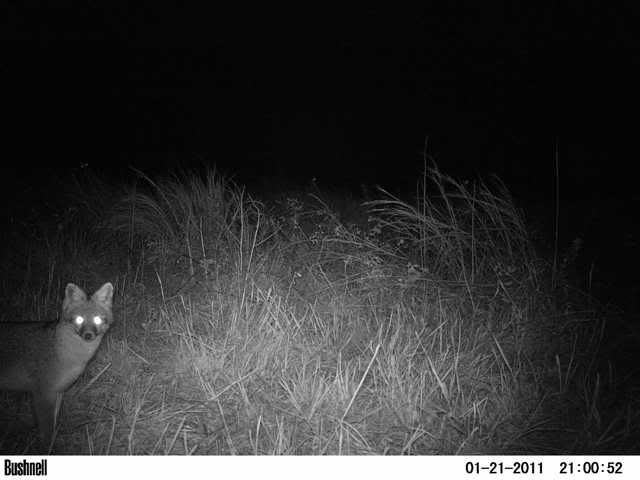
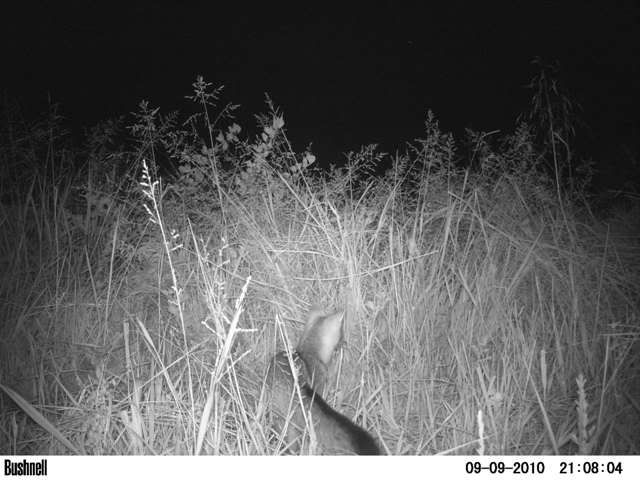
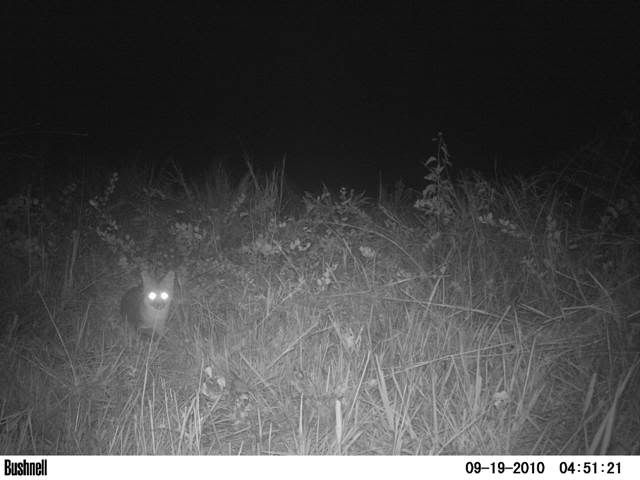

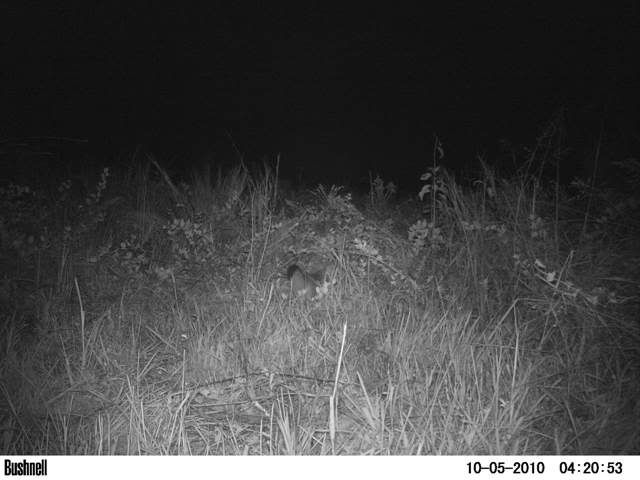



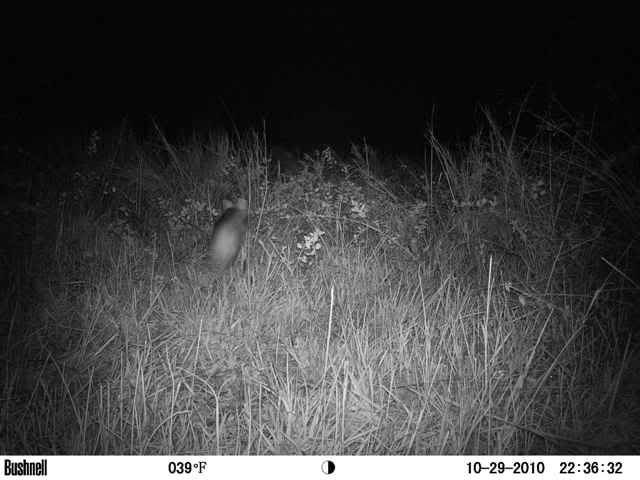
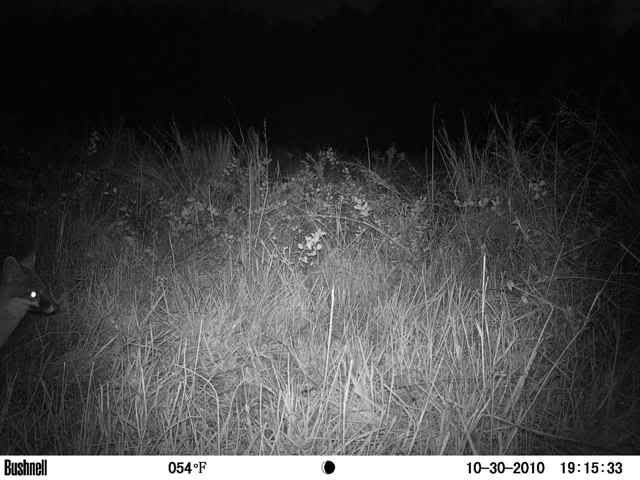

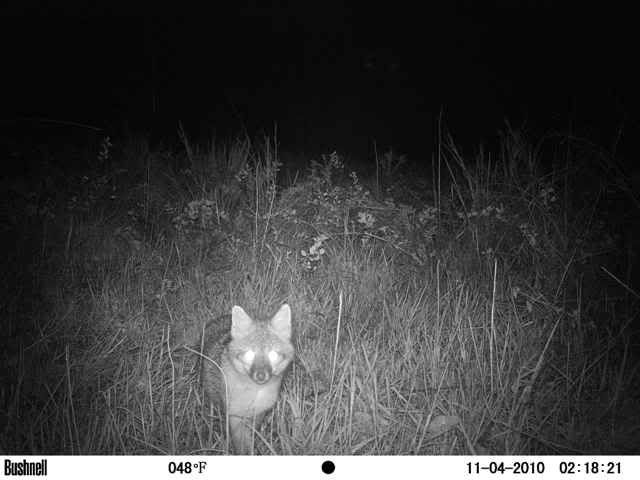

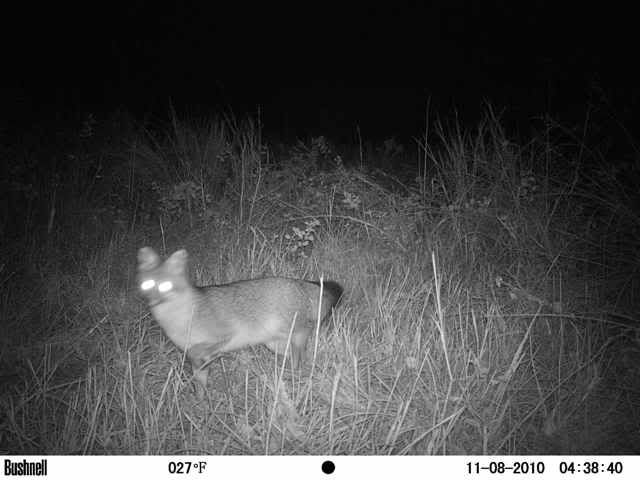
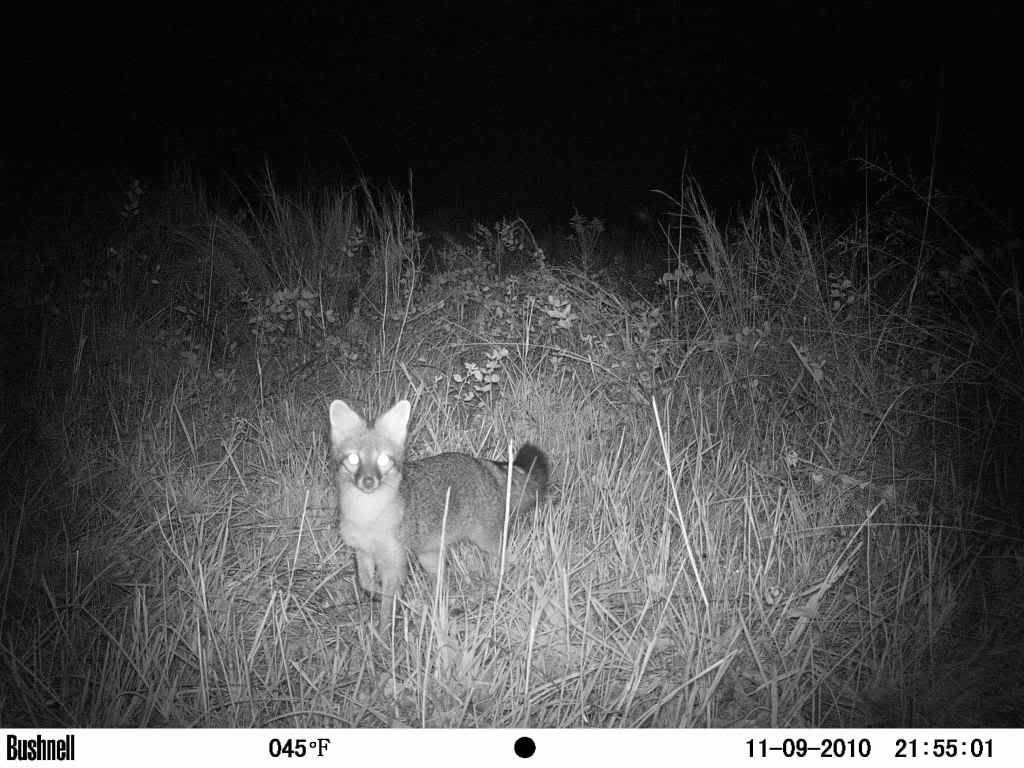

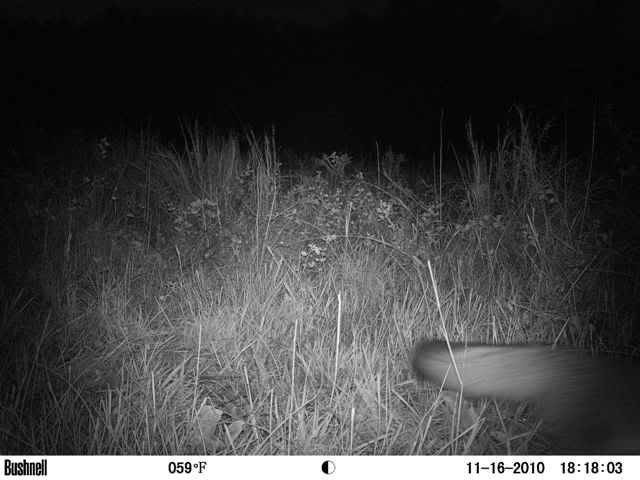
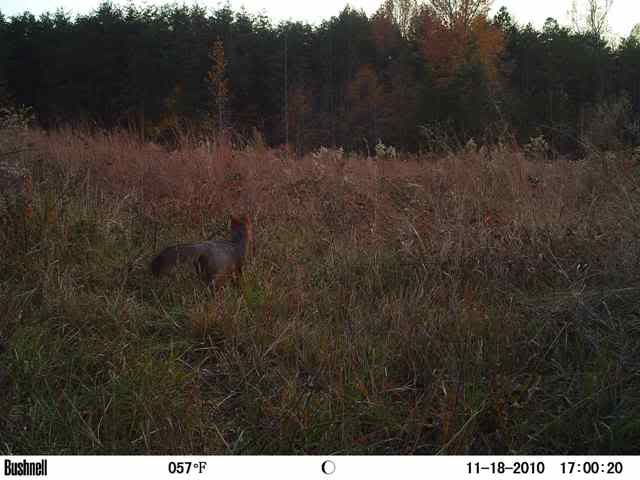

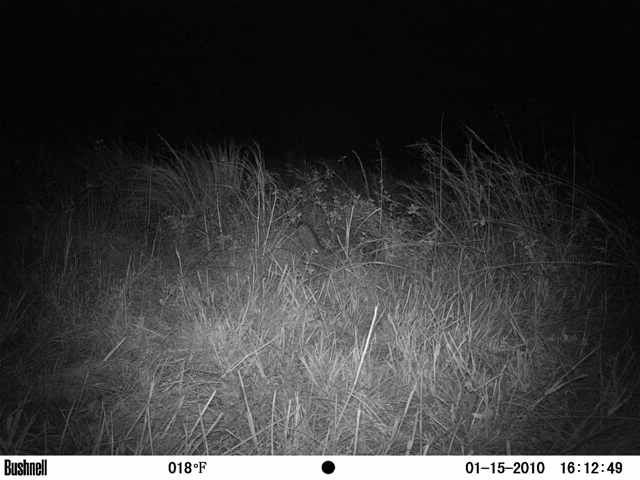
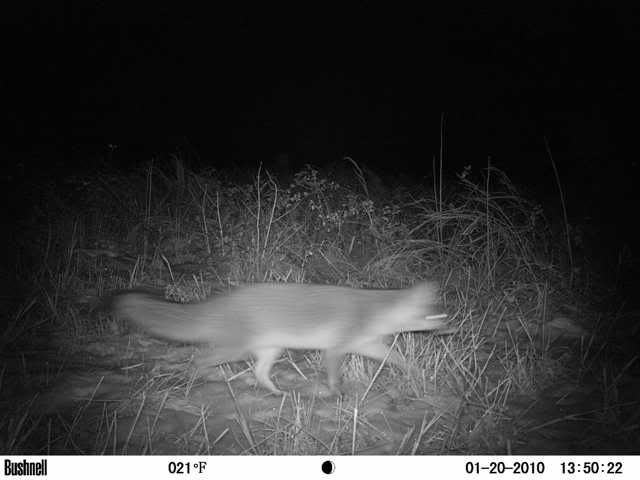
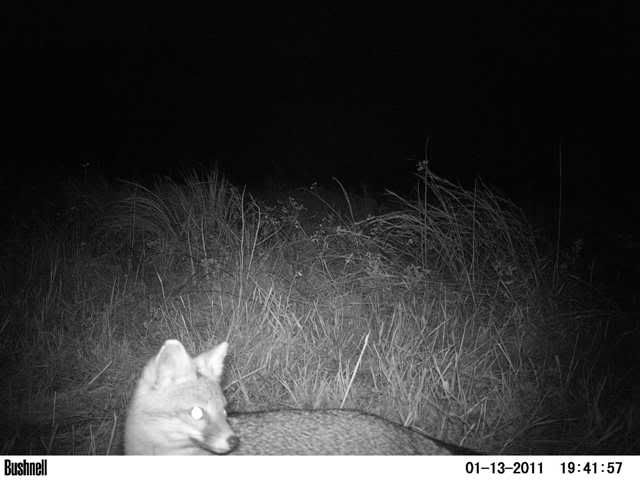
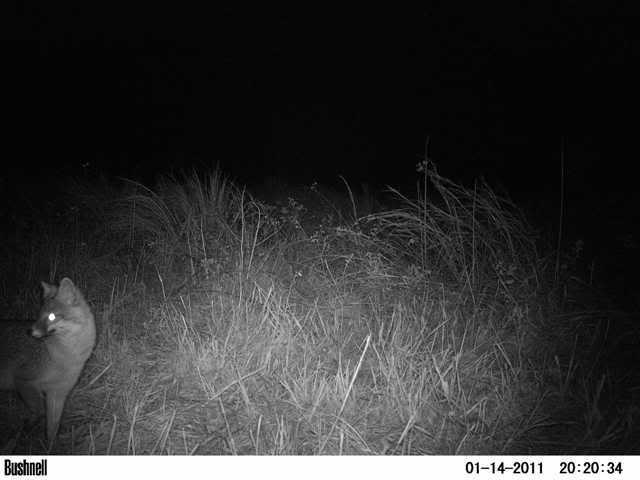
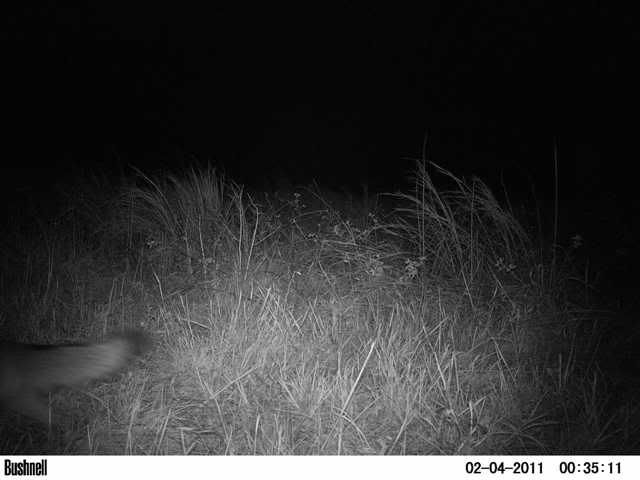
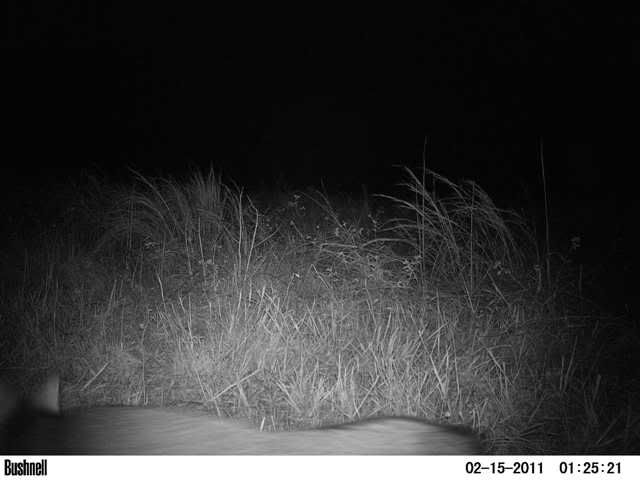
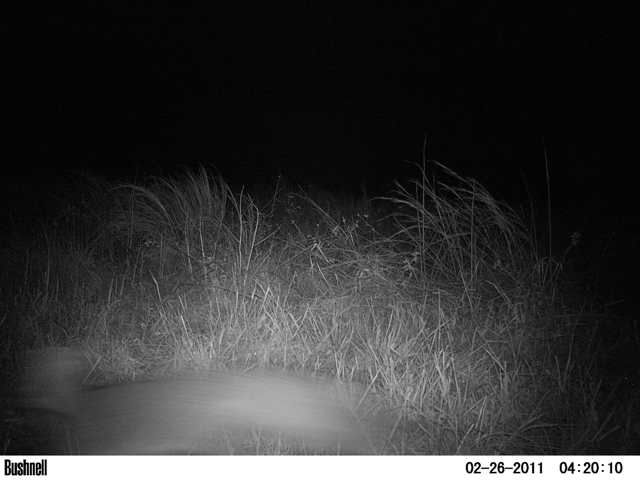


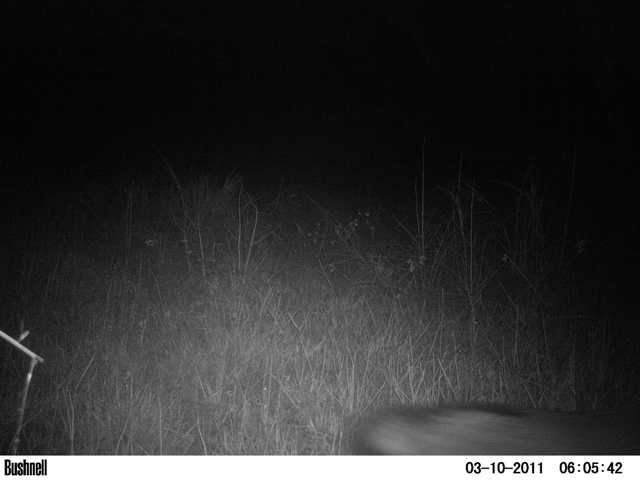
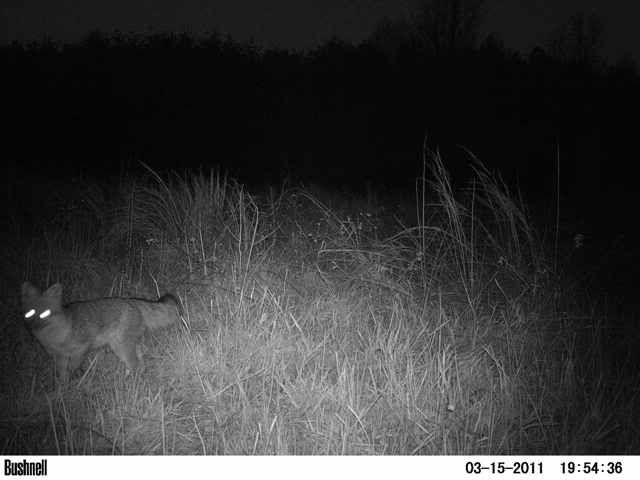
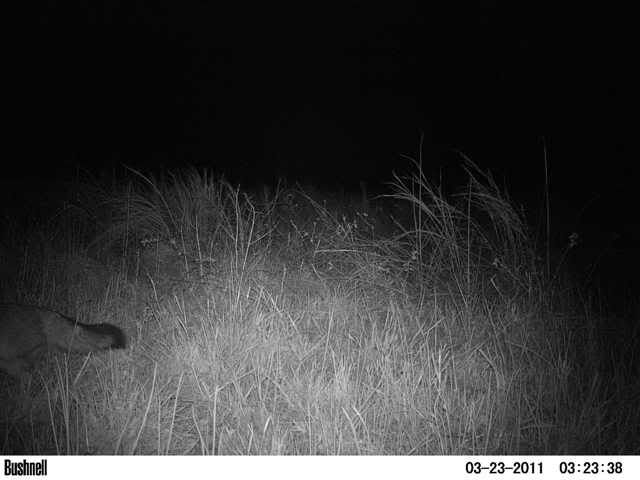
Never get tired of the pics even if it is the same animal. Liked your summary of the pics.
ReplyDeleteThanks, Joe!
ReplyDelete